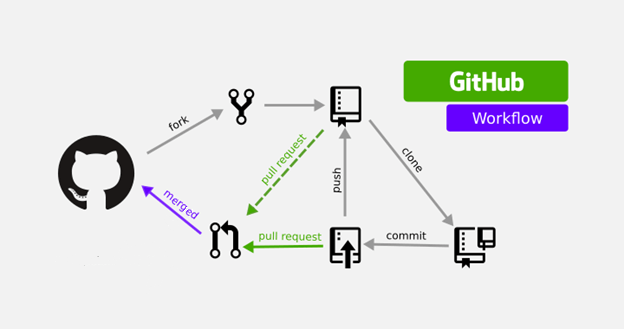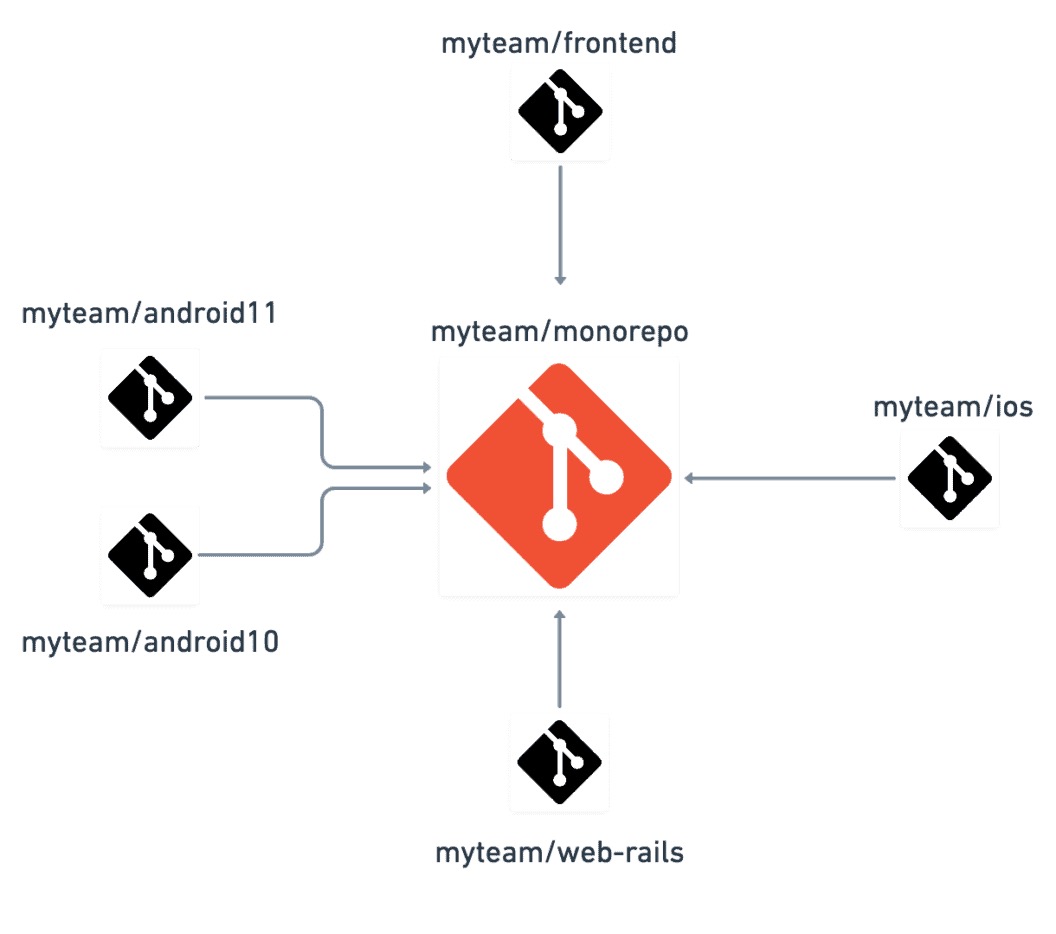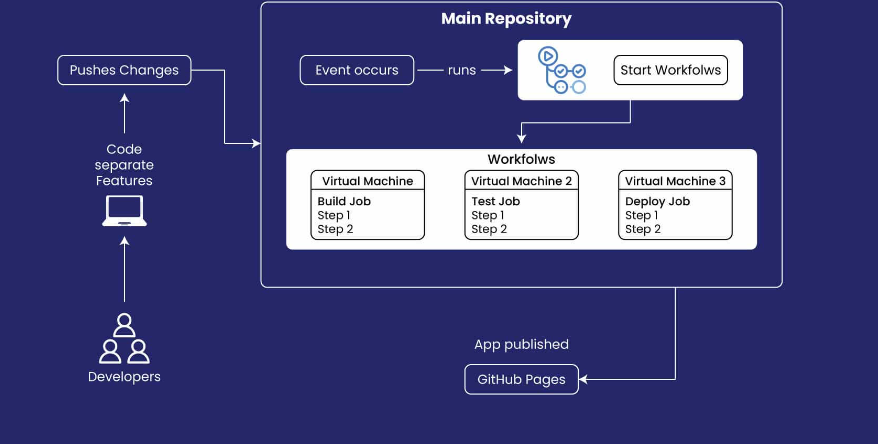Before we begin,Hi I'm Sulagna, a passionate software developer and open-source enthusiast. As part of the Azure Developer Community India, I'm excited to share insights into GitHub Models, which define how repositories, workflows, and contributions are structured. In this blog, we will explore different GitHub models and their significance in modern software development.
Introduction
GitHub has revolutionized software development with its powerful collaboration, version control, and automation features. One of its key aspects is GitHub Models, which define how repositories, workflows, and contributions are structured. In this blog, we will explore different GitHub models and their significance in modern software development.
1. Repository Models
GitHub offers different repository models based on how teams collaborate and manage code:
a) Single Repository Model:
A centralized repository where all development occurs.
Easier to manage but can become complex in large-scale projects.
Best for small teams or solo projects.
b) Fork and Pull Model:
Common in open-source projects.
Developers fork the repository, make changes, and submit pull requests.
Maintainers review and merge changes into the main repository.
Ensures better control over the codebase and contributions.

c) Monorepo Model:
A single repository containing multiple projects/modules.
Used by large organizations like Google and Facebook.
Ensures consistency across projects but can become difficult to manage.

2. GitHub Workflow Models
GitHub enables efficient software development with different workflow models:
a) Feature Branch Workflow
Each new feature is developed in a separate branch.
Merges into the main branch after testing and code review.
Ensures a stable main branch.
b) GitFlow Workflow
Uses separate branches for features, releases, and hotfixes.
Feature branches are merged into a
developbranch before reachingmain.Suitable for larger teams following structured release cycles.
c) GitHub Flow
A lightweight workflow with a single main branch.
Features are developed in short-lived branches and merged into
mainafter review.Preferred for continuous deployment models.
3. GitHub Contribution Models
Collaboration is at the heart of GitHub, and different contribution models cater to various project needs:
a) Open Source Contribution Model
Maintainers manage issues, discussions, and pull requests.
Contributors fork repositories, implement changes, and request merges.
Community-driven, ensuring continuous improvement.
b) InnerSource Model
Adopts open-source best practices within an organization.
Teams across the company contribute to shared repositories.
Promotes collaboration while maintaining internal security.

c) Private Repository Contribution Model
Used for proprietary software.
Access restricted to authorized team members.
Suitable for businesses and enterprise applications.
Conclusion
GitHub models offer flexibility, scalability, and efficiency in software development. Whether you're an individual developer, part of a startup, or working in an enterprise, selecting the right repository, workflow, and contribution model is key to success. Understanding these models helps teams improve collaboration, simplify processes, and deliver high-quality software more quickly.
Thank you for reading! I hope this guide helps you understand GitHub models better. Feel free to share your thoughts and experiences in the comments. Happy coding! 🚀

